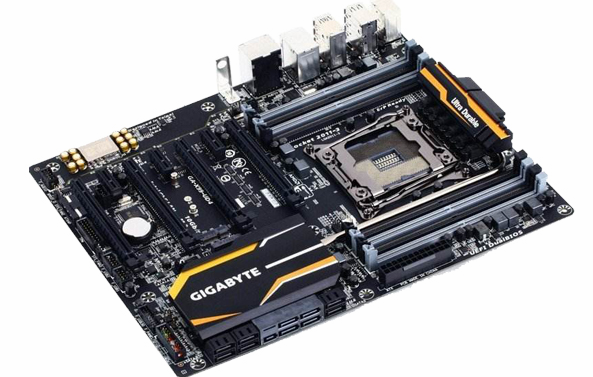Everyone knows PCB, so do you understand the wiring in PCB design? PCB wiring can be described as a basic course for every PCB engineer, but often everyone only pays attention to wiring and ignores the wiring arrangement between the components in the PCB. Today Just follow the editor to learn, these 6 points, don’t miss it~
1. Cross circuits are not allowed in the printed circuit. For the lines that may cross, you can use "drilling" and "winding" two methods to solve the problem. That is, let a lead "drill" through the gap under other resistors, capacitors, and triode pins, or "wind" from one end of a lead that may cross. In special circumstances, how complex the circuit is, it is also necessary to simplify the design. It is allowed to connect with wires to solve the problem of cross circuit.
2. Components such as resistors, diodes, and tubular capacitors can be installed in "vertical" and "horizontal" installation methods. The vertical type refers to the installation and welding of the component body perpendicular to the circuit board, which has the advantage of saving space. The horizontal type refers to the installation and welding of the component body in parallel and close to the circuit board, and its advantage is that the mechanical strength of the component installation is better. For these two different mounting components, the component hole pitch on the printed circuit board is different.

3. The grounding point of the circuit of the same level should be as close as possible, and the power filter capacitor of the circuit of this level should also be connected to the grounding point of this level. In particular, the grounding points of the base and emitter of the transistor of this level should not be too far apart, otherwise the copper foil between the two grounding points will be too long, which will cause interference and self-excitation. Using such a "one-point grounding method" circuit will work better. Stable and not easily self-excited.
4. The main ground wire must be arranged strictly according to the principle of high frequency-intermediate frequency-low frequency in the order of weak current to strong current. It must not be turned over and over randomly. Follow this rule. In particular, the grounding wire arrangement requirements of the frequency conversion head, regeneration head, and frequency modulation head are more stringent. If improperly, it will self-excite and make it unable to work. High-frequency circuits such as FM heads often use large-area surrounding ground wires to ensure a good shielding effect.
5. Strong current leads (common ground, power amplifier power leads, etc.) should be as wide as possible to reduce wiring resistance and voltage drop, and reduce self-excitation caused by parasitic coupling.
6. In the process of making PCB in the PCB factory, the traces with high impedance should be as short as possible, and the traces with low impedance can be longer, because the traces with high impedance are easy to whistle and absorb signals, causing the circuit to be unstable. The power cord, ground wire, base trace without feedback components, emitter lead, etc. are all low impedance traces. The base trace of the emitter follower and the ground wire of the two channels of the radio must be separated, each forming one path., Until the end of the function is combined again, if two ground wires are connected back and forth, it is easy to produce crosstalk and reduce the degree of separation.